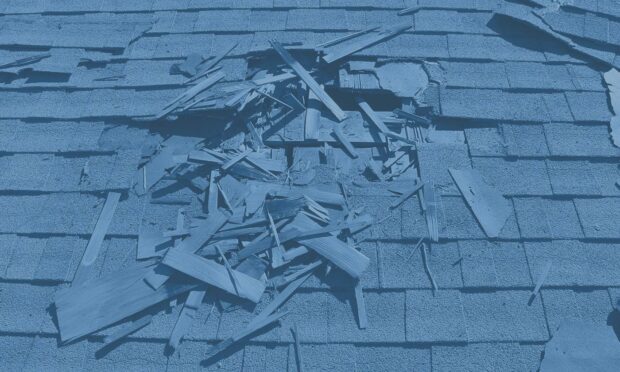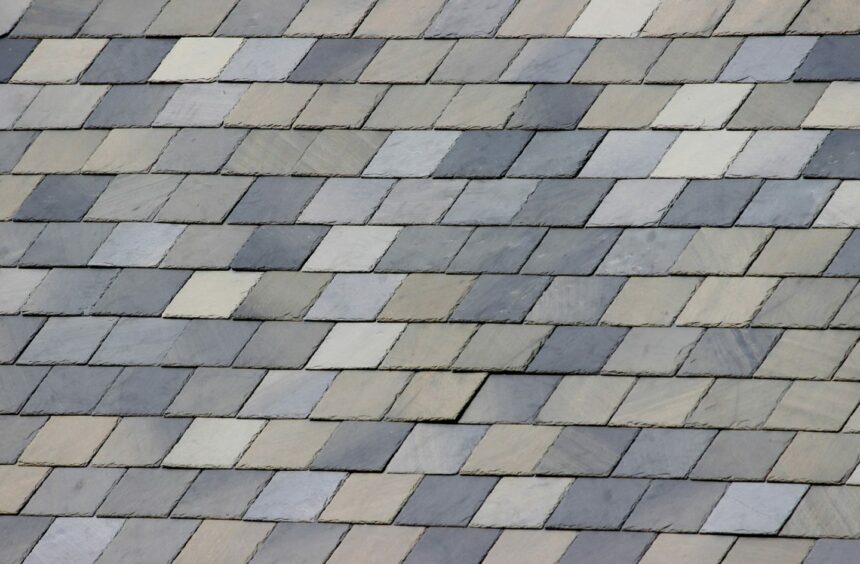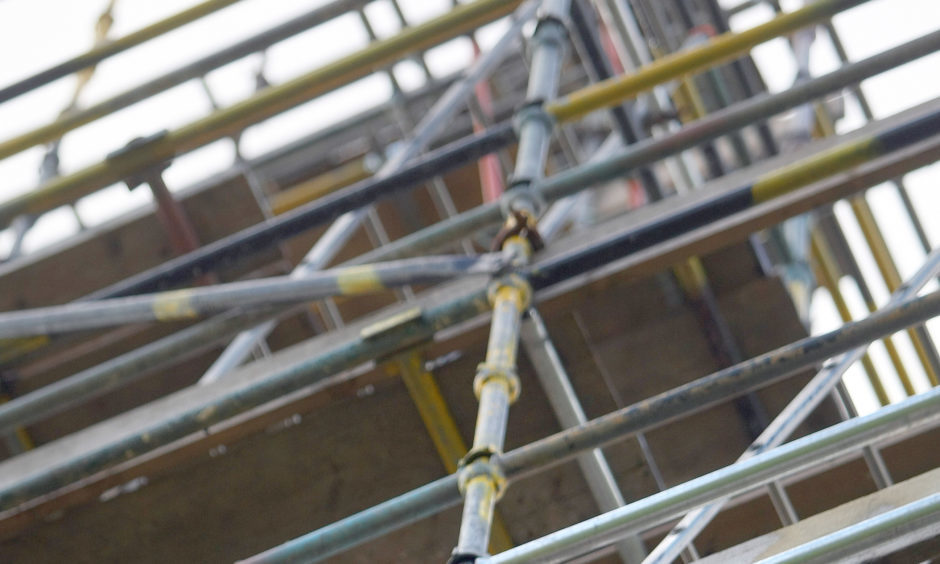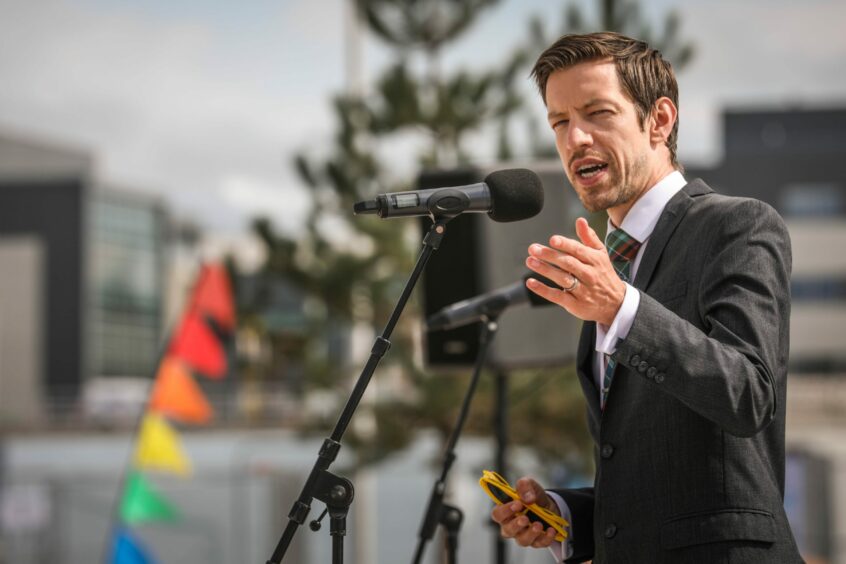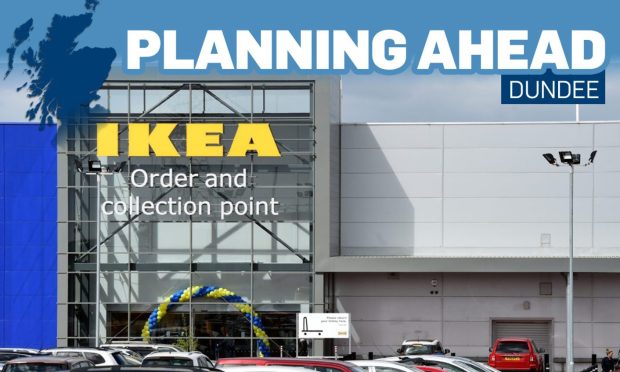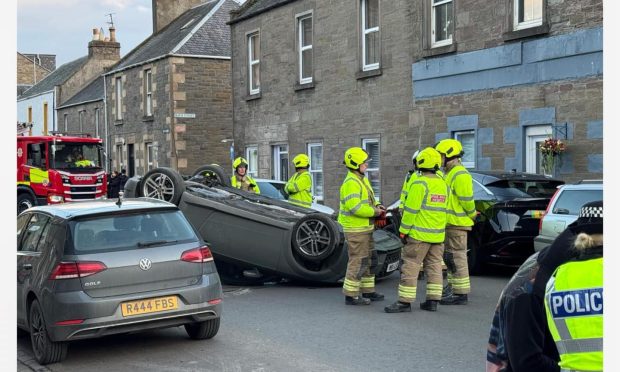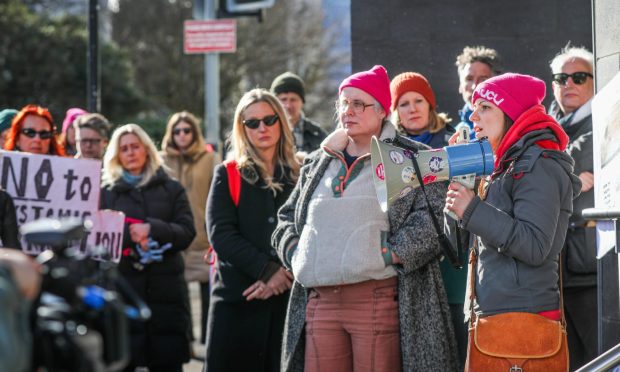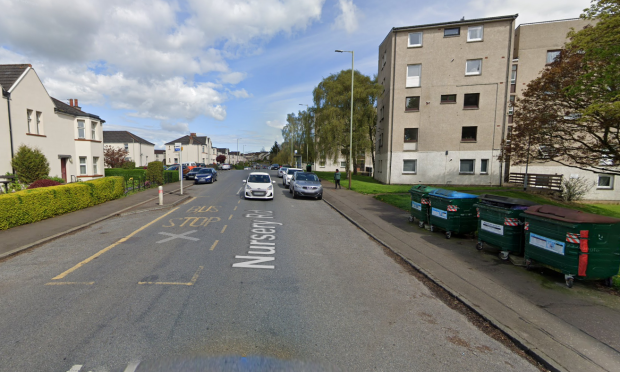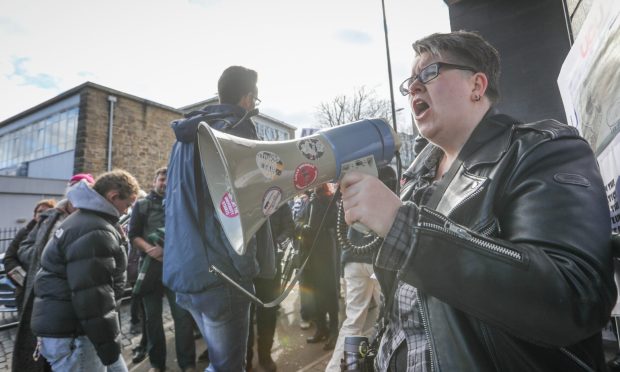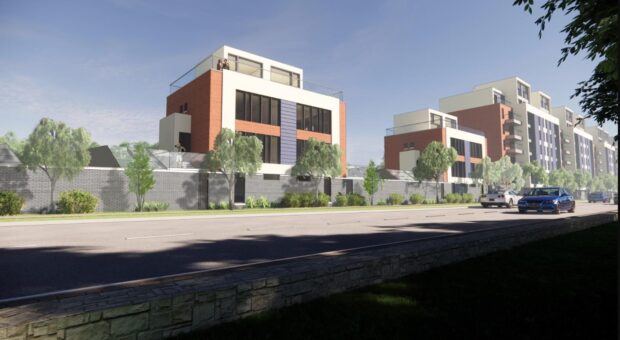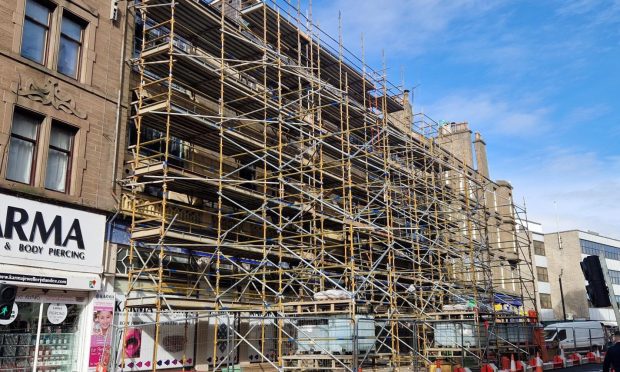It has emerged that more than £4 million of work is needed on the roofs of hundreds of houses across Dundee – just months after the original work was completed by the council.
The blunder has been confirmed in papers going before councillors next week.
The news was first revealed in our story on Monday, sparking an outcry from elected members and locals.
But what do we know about the situation so far and how it impacts people in Dundee?
We answer some key questions on the issue.
1 – What is the problem?
In 2015, long-standing British safety standards on roof construction were changed to account for increasing extreme weather events.
One of the changes made – BS5534 – relates to the durability of tile fixings.
While the regulation is not legally binding, it is widely recognised as the best practice for tiling roofs.
Although the council says it was aware of this change in 2015, it was not properly applied – so work carried out on properties in Dundee between then, and late 2019 when the error was noticed, does not meet the required specifications.
The local authority says that while the existing tiling does not present any short-term “integrity concerns”, remedial work will be needed to ensure roofs are safe in the longer term.
2 – Who is to blame?
Errors appear to have been made at various stages of the council’s own processes at a staffing level, rather than a political level.
According to the local authority’s report, the safety standard changes were included in “works specifications” as soon as they were introduced.
But this was not passed on to those working on sites by the construction services department, nor was it picked up during site inspections by the council, until a complaint was made in 2019.
A review has already established that checking processes were “not as robust” as they are now.
It also says: “The professional diligence of individual officers in recognising and highlighting the information and responding to the code changes at that time was not effective and these errors appear to have been exacerbated by the same small core of staff administering the cycle of roof renewal projects.”
3 – Who is affected in Dundee?
The issue affects houses that had their roofs repaired by the council between 2015 and the start of 2020.
This means that 450 homes – covering 262 owners and 894 tenants – now need further work to be carried out.
However, Dundee City Council has so far refused to publicly reveal where the affected people live.
A spokesperson has told The Courier that tenants will be informed following Monday’s committee meeting.
4 – How much will it cost to fix?
It is estimated that the repairs will cost the council £4.4m, with the work being completed over the course of 30 months.
The report states that these costs include “an allowance for professional fees and additional housing staff to undertake the works and have been calculated on a cost only basis”.
But the report also highlights that there could be variations of the current budget assumptions.
5 – Who is paying?
Ultimately, it looks like the cost will fall to taxpayers who – directly or indirectly – fund a large proportion of council expenditure.
The council’s report says that the construction services division will “absorb any loss” associated with the repairs.
But with the local authority already strapped for cash, it is unclear how that loss will then be covered, and whether there will be any knock-on effect for rate-payers in Dundee.
6 – When will the work take place?
The council says the work will commence 16 weeks from the date of approval.
Should councillors approve the report on Monday, that would suggest a starting date of mid-March 2022.
It is planned to use the private sector as sub-contractors to assist with the programme, to ensure it is kept to the “shortest period possible”.
7 – How have politicians reacted?
Both administration and opposition councillors on the local authority have hit out at the error.
Council leader John Alexander described himself as “furious” at the blunder, adding: “This is a ridiculous and unacceptable situation which should never have arisen.
“It is beyond any comprehension that the processes, including checking of completed works, have failed so significantly in identifying this error.”
He has promised a full investigation into what happened, but insists it is not a political issue.
Kevin Keenan, Labour group leader, says he fears for the impact it will have on council finances and that being passed on to taxpayers.
He also wants people held accountable, saying: “This isn’t going to go away and we want to know who is going to be held responsible. Someone has to be.
“My understanding is that there were people at the council who were aware of this as long ago as the beginning of 2020.”
8 – What happens next?
Councillors plan to discuss the report and its findings during a meeting of the policy and resources committee on Monday.
Members will be given a series of recommendations to:
- Note the findings of the review, including that work during 2015-2019 did not meet best practice as set out in British standards
- Approve work to bring the affected roofs up to standard at an estimated cost of £4.4m
- Note the corrective action and “compliance monitoring measures” in place to ensure work is now done to appropriate industry standards
- Note that arrangements in place in several departments will be reviewed to ensure that changes to regulations are identified and addressed
- Note that the report will be referred to a future meeting of the scrutiny committee
